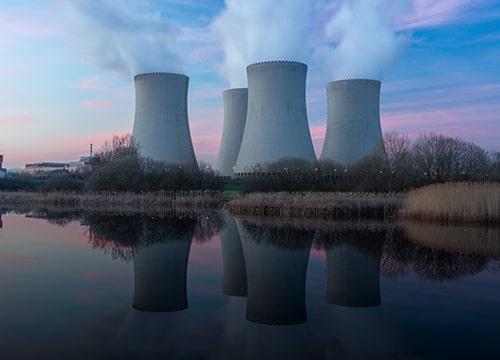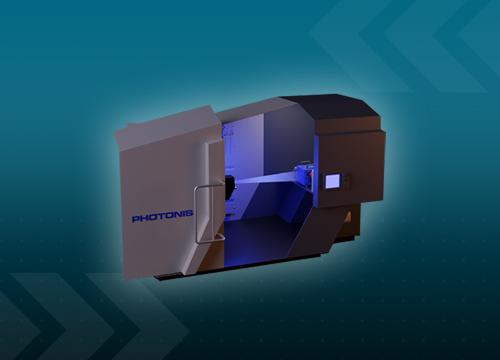Do you have any certification for your methane detection solution?
Yes! Our methane airborne detection solution has been officially documented as an emission detection method by the Alberta Methane Emissions Program (AMEP) to be included in an Alternative Fugitive Emissions Management Program. You can have all details here : https://www.exosens.com/news/amep-telops








